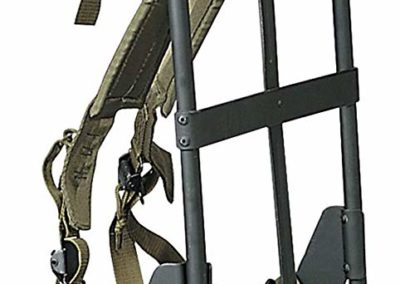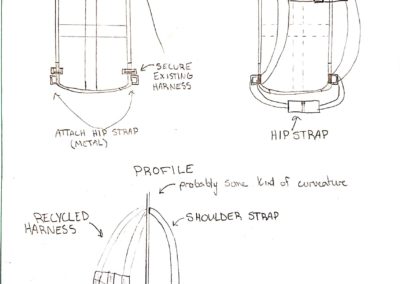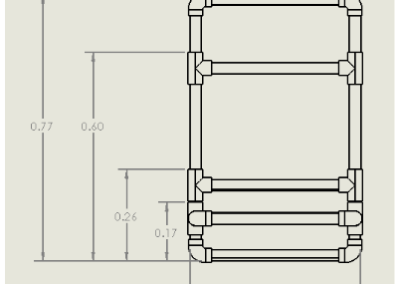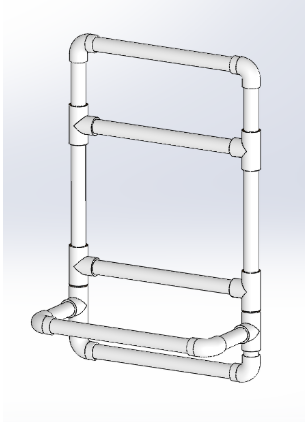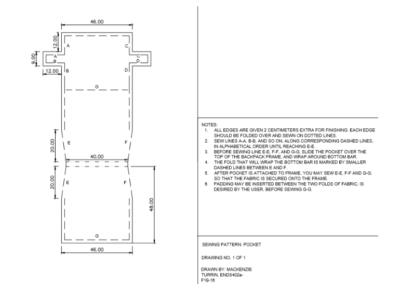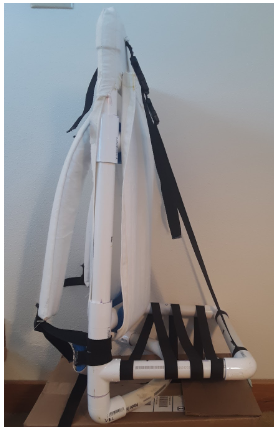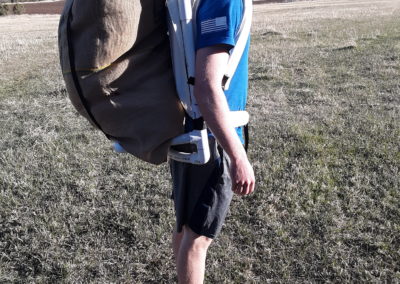Colombian Mining Optimization and Safety
Overview
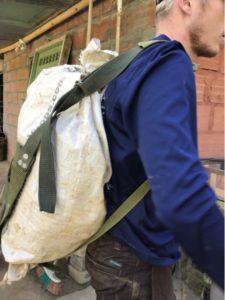 Artisanal and small scale gold mining (ASGM) is one of the most important economic activities in Colombia. It accounts for approximately 75% of the country’s gold production annually. Despite the economic importance of small scale mining, the practices still use fairly rudimentary techniques with little regard for worker health and safety.
Artisanal and small scale gold mining (ASGM) is one of the most important economic activities in Colombia. It accounts for approximately 75% of the country’s gold production annually. Despite the economic importance of small scale mining, the practices still use fairly rudimentary techniques with little regard for worker health and safety.
In order to address these concerns, this team was tasked with optimizing ASGM operations in a rural region of Colombia for the team’s client, the miners. Our client was served by Professor Oscar Restrepo from the National University of Colombia and Juan Lucena of Colorado School of Mines. The team elected to focus specifically on the transport of ore out of the mines. Several team members traveled to Colombia in the Summer of 2019 and met with workers in the ASGM sector. The workers consistently identified ore transport as the primary component of the mining process in which they would like to see changes.
The current method for transporting ore is carrying the ore on the backs of miners using coffee sacks and canvas harnesses called “catangas”.
These sacks of ore typically weigh 70-90kg (150-200lbs), and the catangas do not provide adequate support and padding for this amount of weight. Miners typically carry these catangas full of ore up a series of ladders that bring them 300 to 500 feet up to the surface. The duration of carriage is typically 20 to 40 minutes. This results in back and shoulder problems, as well as impaired balance and reaction times. Additionally, the miners are also often left with scratches and marks on their backs due to the lack of protection from the sharp ore. Furthermore, the miners typically must carry this up incredibly steep mine shafts with uneven terrain. The impaired balance caused by these catangas often causes individuals to fall and was identified as a leading cause of death in these mines.
The weight carried by these miners is upwards of 100% of their own body weight. Studies show this can be very damaging to the human body, causing permanent damage even when the weight has been removed.
The goal of the team is to design a backpack system that will mitigate the damage from large load carriage and address other issues such as balance, perforation of the sacks, the flexibility of sizing, mobility, and affordability of the pack. The team is also focused on creating a design manual that will be used by communities in Colombia to fabricate the designs themselves.
Team Members
- Seamus Millet
- Franco Pilone
- James (Jake) Marquis
- Ryan Jackson
- Mackenzie Turrin
- Travis Cotter
The Client
- Colombian Miners in Small Scale Goldmines
Acknowledgements
Advisor & Consultants:
Beth Reddy
Alina Handorean
Juan Lucena
Oscar Restrepo
Technical Consultant:
MountainSmith
Video – Elevator Pitch
Design Approach
To mitigate the physical effects of the load carriage on the miners, the team had decided to design a backpack frame that closely models that of the ALICE frame used by the US military. The team elected to model the design after the ALICE frame because it is relatively simple to build and has been successfully implemented by the U.S. military for more than fifty years. It has been proven to be durable and produce proper load distribution over the hips while having the ability to be produced at a relatively low cost. The main difference between the ALICE frame and the group’s current design is to simplify the design and make sure the parts are cheap and available.
This design includes a series of straps and clips that allow for proper distribution of the load, as well as easy removal in the event of an emergency. The back panel is padded and covered with canvas, to mitigate danger from perforation, as well as improve comfort. The hip and shoulder straps are also padded and sewn to the frame for durability and additional support. To add more support, a shelf made of the PVC framing was added to the design. This addition compensates for the differences in strength between the PVC frame and the metal frame that ALICE packs typically use. The materials selected were done so with specific emphasis on affordability and longevity. The final proof of concept prototype is seen in the pictures below.
Design Solution
In addition, the team decided that instead of attempting to manufacture backpacks in the U.S. for sale in Colombia, the team would make an assembly/design manual to be sent to the Colombian miners. The reason for this decision was that the team wanted to ensure that the miners have the ability to use local products and make iterations to the design as their budget allows them to ensure affordability for all miners in Colombia. In addition, the team’s hope is that the backpack will create its own economy within the mining communities of Colombia, with some members of the community building the backpacks and selling them to the miners. The team believes that this approach gives the project the potential to not only improve the lives of the miners, but also increase local economic diversity by creating new job opportunities within the region. Information from a recent collaboration with MIT suggested that there is a group of women in the region interested in manufacturing these packs.
The team performed an economic analysis to confirm that the prototype is affordable for the miners in question, especially if manufactured by a separate group of individuals. The analysis performed by the team suggested that the prototype would likely cost only a fraction of an average mine’s daily income. Therefore, the team believes that a group should be able to manufacture the packs for a low enough cost that they could sell them to the miners for a profit.
| Material | Amount needed | Total Cost ($USD) |
| 1” PVC Pipe | 3.65 m | $6.36 |
| 1” PVC Joints | 12* | $16.97 |
| Foam Pool noodle | 1.40 m | $3.00 |
| Narrow Straps | 8.2 m | $3.00 |
| Clips | 8 | $4.00 |
| Canvas | 1 square meter | $11.59 |
| Thread | 1 spool | $3.00 |
| Total |
$47.92 $19.17** |
|
|
* 6 T-joints, 6 right-angle joints ** The price of the model under the assumption that consumer prices run 60% lower in Colombia than the US, “Cost of Living.” |
||
The material selected for the rigid frame is PVC because it is affordable, readily available, and sufficiently durable. The other materials include nylon woven straps, plastic buckles, pool noodles or alternative foam padding, and canvas fabric, as seen in the below table. All of these materials are relatively inexpensive, accessible, and many can be substituted for others if necessary.
One of the main challenges in creating a new transport method for ASGM miners is determining how to implement it in a way that is economically and socially sustainable. The team focused on creating a frame that considers economic constraints, improves local economic diversity, and promotes social justice. Through stakeholder engagement, iterating prototypes, and product testing, the team practiced and learned project management skills, leadership, and teamwork. This project will be carried on by another group to be tested in the field and potentially redesigned, in hopes that an improved ore-transport system can be fully implemented and sustained.
Next Steps
To continue this project, the team feels that testing and obtaining feedback on the backpack frame as well as updating and expanding the design manual are the most important to complete. The limited testing performed by the team this semester suggests that PVC is sufficiently strong. However, due to the COVID19 pandemic, testing of the backpack’s strength and durability was cut short. Therefore, more advanced load and comfort testing should be the top priority for future teams to ensure the safety and durability of the product. Additionally, the team intended to have the PVC prototype tested in Colombia and receive feedback to guide the next iteration, but this opportunity was also lost this semester. It is also critically important to the next team to obtain community feedback on the backpack. Along with the backpack, the team has also developed an initial assembly manual for the design. It will be important for the team to obtain direct community feedback on this assembly manual to ensure it is appropriate for those who will be using it. Along with the assembly manual the team feels that it would be important to create and iterate through a repair and user manual as well. This will ensure that all parties involved in the life of the backpack are considered. This feedback and subsequent reiteration processes will be important next steps for the next team to achieve.
Meet the Team
Seamus Millet
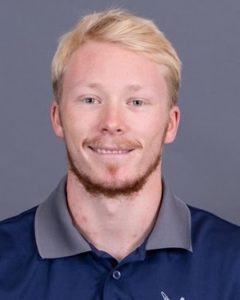 I am a senior studying Civil Engineering graduating this May. I am specifically studying geotechnical engineering with an emphasis on geologic risk mitigation. I am on this project as a continuation of my membership on the Colorado School of Mines PIRE undergraduate research team. This team is working in all aspects of small scale gold mining and my work has focused on mining health and safety.
I am a senior studying Civil Engineering graduating this May. I am specifically studying geotechnical engineering with an emphasis on geologic risk mitigation. I am on this project as a continuation of my membership on the Colorado School of Mines PIRE undergraduate research team. This team is working in all aspects of small scale gold mining and my work has focused on mining health and safety.
Franco Pilone
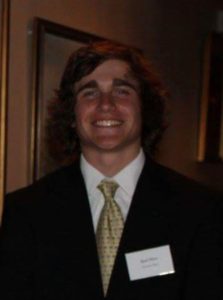 I am a senior graduating in Environmental Engineering this May with a minor in Engineering for Community Development. My interests include water reclamation, stormwater management, and chemical transport. This project is a continuation for me from my work in the Colorado School of Mines PIRE project on Artisanal and Small-scale Gold Mining.
I am a senior graduating in Environmental Engineering this May with a minor in Engineering for Community Development. My interests include water reclamation, stormwater management, and chemical transport. This project is a continuation for me from my work in the Colorado School of Mines PIRE project on Artisanal and Small-scale Gold Mining.
James (Jake) Marquis
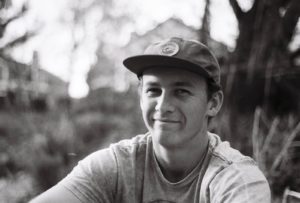 I am a senior majoring in Environmental Engineering with a minor in Humanitarian Engineering. My specific fields of interest are chemical fate and transport and site remediation. I am also on this project as a continuation of my research conducted as part of the Colorado School of Mines PIRE project.
I am a senior majoring in Environmental Engineering with a minor in Humanitarian Engineering. My specific fields of interest are chemical fate and transport and site remediation. I am also on this project as a continuation of my research conducted as part of the Colorado School of Mines PIRE project.
Ryan Jackson
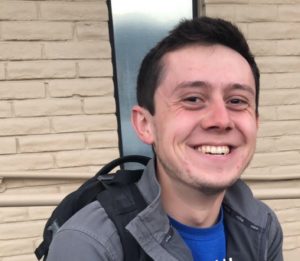 I am a senior Mechanical Engineering student graduating in May. My field of interest is thermal fluid systems. I’m on this project because I wanted to utilize my mechanical skill set to improve the quality of life of people, and this project seemed the most direct route.
I am a senior Mechanical Engineering student graduating in May. My field of interest is thermal fluid systems. I’m on this project because I wanted to utilize my mechanical skill set to improve the quality of life of people, and this project seemed the most direct route.
Mackenzie Turrin
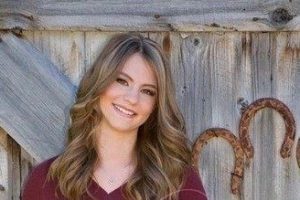 I am a senior in Civil Engineering with an emphasis in Construction/Geotechnical, and I am graduating in May, 2020. My interests in Civil Engineering are far-reaching, but I have a desire to be in the field. This project interested me because I found it to be a unique problem with many possible solutions. Humanitarian engineering is important to me, so I was interested in a project that would make a real impact on the clients’ lives.
I am a senior in Civil Engineering with an emphasis in Construction/Geotechnical, and I am graduating in May, 2020. My interests in Civil Engineering are far-reaching, but I have a desire to be in the field. This project interested me because I found it to be a unique problem with many possible solutions. Humanitarian engineering is important to me, so I was interested in a project that would make a real impact on the clients’ lives.
Travis Cotter
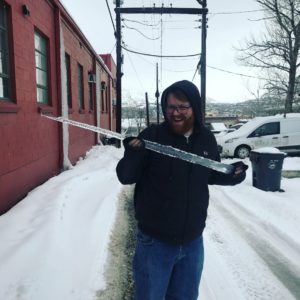 I am a Civil Engineering student graduating this May with a minor in Humanitarian engineering. My main area of focus is hydrological engineering with emphasis on waste management. I chose this project because I wanted experience with a project focused more on community engagement. I’ve always been interested in the complex process to determine problems and create shared value through your design process and this project has both.
I am a Civil Engineering student graduating this May with a minor in Humanitarian engineering. My main area of focus is hydrological engineering with emphasis on waste management. I chose this project because I wanted experience with a project focused more on community engagement. I’ve always been interested in the complex process to determine problems and create shared value through your design process and this project has both.
